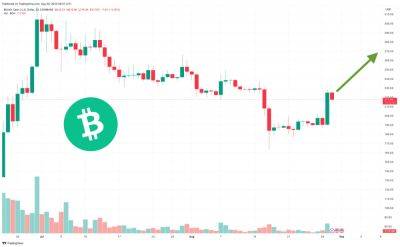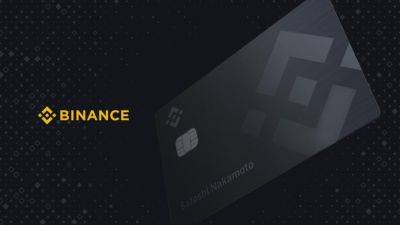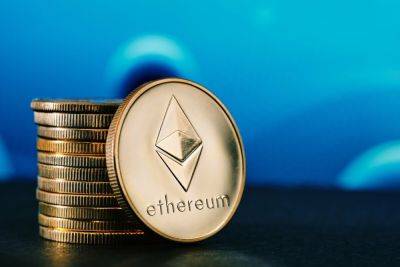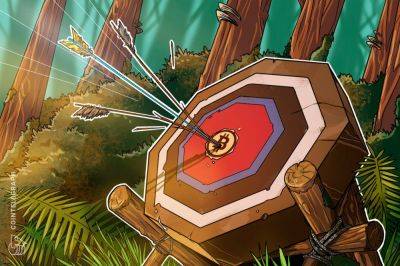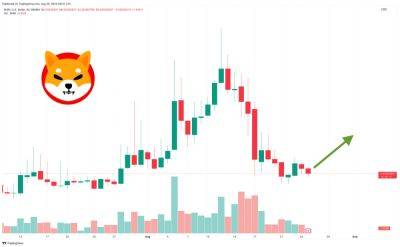What is Helium Mining?
Helium mining is the process of providing wireless coverage for the Helium Network, a decentralized network designed to support Internet of Things (IoT) devices. Participants, known as helium miners, deploy helium mining hotspots to contribute to the network's coverage and are rewarded with tokens. Helium is «a global, distributed network of Hotspots that create public, long-range wireless coverage for LoRaWAN-enabled IoT devices and cellular devices».
The Helium Network and Helium Mining Hotspots
Launch Date: 2019
Mission: To create a decentralized, open-source, accessible, and secure wireless network.
Coverage: Helium miners have deployed almost one million Hotspots in over 77,000 towns and cities across 192 countries.
Helium Mining Hotspots: Devices like the bobcat miner, linxdot, rak miner, and nebra helium miner are popular helium hotspot miners used to mine HNT tokens.
How to Mine Helium (HNT)
1. Choose a Helium Miner (Hotspot)
Full Hotspots: Capable of receiving all rewards for participation, including proof-of-coverage activities.
Light Hotspots: Software-based hotspots that perform similar functions to full hotspots.
Data-Only Hotspots: Focus on transferring data and receive rewards only for data transfer.
Helium 5G Hotspot: For mining MOBILE tokens, you'll need a Helium 5G Hotspot and compatible CBRS Small Cell Radio.
Since the Helium community approved HIP 19, users can buy devices provided by third-party manufacturers and vendors which producing and supplying «hotspots that mine Helium tokens for providing wireless connectivity.» Typical venders include Atom, Bobcat, Atom, ClodPi, COTX Networks, Dragino, FreedomFi, Nebra, among others.
Connect the Helium Console and Wallet:
2. Helium Console:
Read more on blockchain.news







